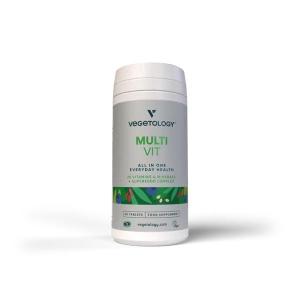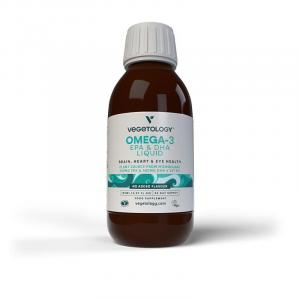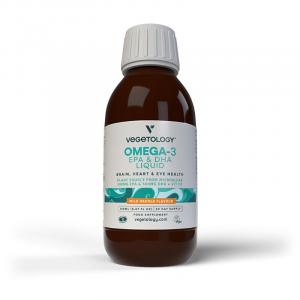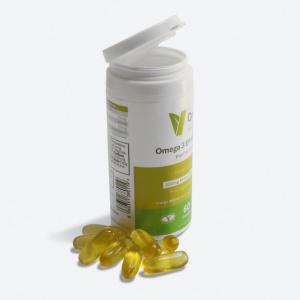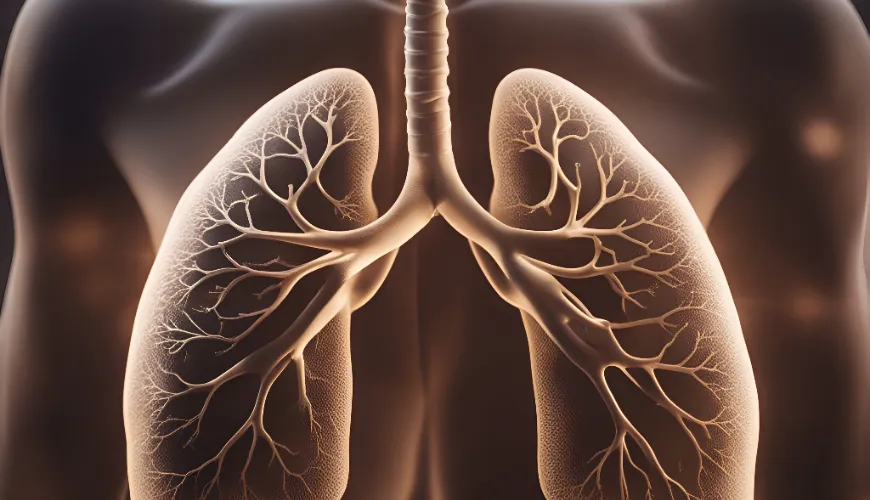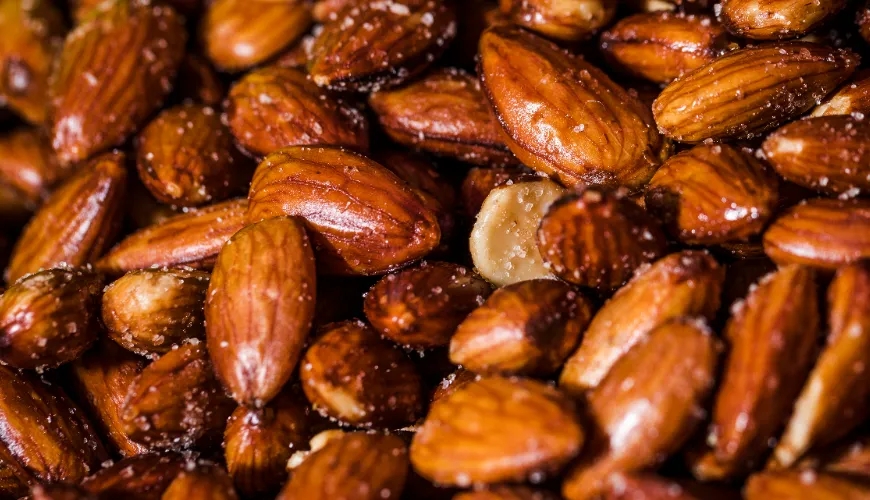
How to Lower Cholesterol and Improve Your Health
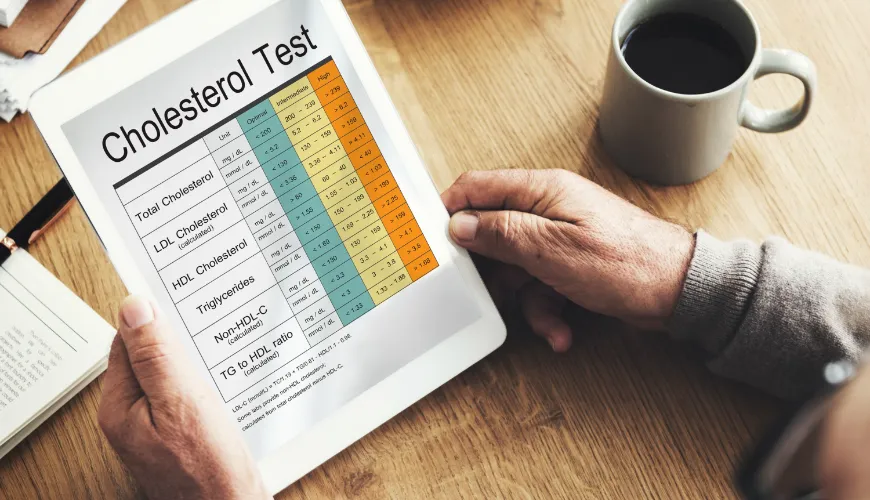
Cholesterol is an essential substance that our body needs for proper cell function, hormone production, and vitamin D. It is found in all our cells and is necessary for the formation of cell membranes. However, when cholesterol levels rise above the normal threshold, it can lead to serious health problems such as heart disease and stroke. Excess cholesterol can deposit on the walls of blood vessels, leading to narrowing and restricted blood flow. So, how can we effectively lower cholesterol levels and improve our overall health? Let's look at several key steps that can help us.
1. Diet Rich in Healthy Fats
One of the most important factors in reducing cholesterol is adjusting your diet. We should focus on foods rich in healthy fats, such as omega-3 fatty acids. These fats can be found in fish (salmon, mackerel), flaxseeds, and walnuts. Omega-3 fatty acids not only reduce LDL (bad) cholesterol levels but also have anti-inflammatory effects and support heart health. Why not swap fried fries for a tasty salmon fillet or add a handful of walnuts to your morning porridge? We can also add flaxseeds to a smoothie or yogurt for an extra dose of healthy fats.
Try our natural products
2. Limiting Saturated and Trans Fats
Saturated fats and trans fats are major culprits in raising cholesterol levels. They are found in red meat, fatty dairy products, fried foods, and processed foods. Saturated fats increase LDL cholesterol levels, which can lead to clogged arteries and heart disease. Trans fats are even worse because they not only raise LDL cholesterol but also lower HDL (good) cholesterol. Let's try to limit these foods and replace them with healthier options such as skinless chicken breasts, low-fat dairy products, and foods prepared by steaming or baking. Also, avoid convenience and processed foods, which often contain hidden trans fats.
3. Increasing Fiber Intake
Fiber is another key component that can help us reduce cholesterol levels. Soluble fiber, found in oatmeal flakes, beans, lentils, apples, and pears, can reduce cholesterol absorption into the bloodstream, thereby lowering overall cholesterol levels in the body. Insoluble fiber, found in whole grain products and vegetables, contributes to proper digestive function and prevents constipation. Why not start the day with a bowl of oatmeal topped with fresh fruit slices? We can also add beans to salads or soups and enjoy a piece of fresh fruit as a snack.
4. Regular Physical Activity
Physical activity is essential for maintaining healthy cholesterol levels. Regular exercise, such as walking, running, swimming, or cycling, can increase HDL (good) cholesterol and lower LDL (bad) cholesterol levels. Exercise also helps maintain a healthy weight, which is another important factor in cholesterol control. It is recommended to have at least 30 minutes of moderate-intensity exercise five times a week. What if we started with short walks and gradually increased the intensity and duration of the exercise? It can also be a great idea to find an activity we enjoy, such as dancing or team sports.
5. Quit Smoking
Smoking negatively affects cholesterol levels and increases the risk of heart disease. Nicotine raises LDL cholesterol levels and lowers HDL cholesterol levels, contributing to clogged arteries. When we quit smoking, we can improve HDL cholesterol levels, which helps remove LDL cholesterol from the blood. Smoking also damages vessel walls, making it easier for cholesterol to deposit. Isn't that enough reason to finally get rid of this unhealthy habit? Quitting smoking is one of the best steps we can take for our health, and we will start feeling the benefits of this decision within a few days.
6. Limiting Alcohol
Moderate alcohol consumption can have a positive effect on HDL cholesterol levels, but excessive drinking has the opposite effect and increases LDL cholesterol and triglyceride levels. Triglycerides are another type of fat in the blood that can contribute to heart disease if their levels are too high. It is recommended to limit alcohol intake to a maximum of one drink per day for women and two drinks per day for men. By limiting alcohol intake, we can also reduce the risk of other health issues such as high blood pressure, liver disease, and certain types of cancer.
7. Losing Weight
Overweight and obesity are often associated with increased cholesterol levels. Losing excess weight can significantly reduce LDL cholesterol levels and increase HDL cholesterol levels. In addition, losing weight can help lower blood pressure and the risk of developing type 2 diabetes. We can start with small changes such as increasing physical activity and adjusting our diet, which will help us achieve a healthy weight. Regularly monitoring weight and setting achievable goals can be motivating. Involving friends or family in our efforts can also increase our chances of success.
8. Regular Medical Check-ups
Regular medical check-ups are crucial for monitoring cholesterol levels and overall health. A doctor can provide individual advice and possibly prescribe medication if necessary. Besides monitoring cholesterol levels, the doctor can also check other factors such as blood pressure and blood sugar levels, giving us a comprehensive overview of our health. Let's not underestimate the importance of prevention and regularly check our health. Regular check-ups can help us detect potential problems early and prevent serious health complications.
Reducing cholesterol levels requires a lifestyle change that can be challenging but also very rewarding. Adjusting the diet, increasing physical activity, quitting smoking, and limiting alcohol are steps that can significantly improve our health. Have you ever thought about how your life might look with lower cholesterol levels? Healthier heart, better fitness, and longer life – all this is in our hands. Let's take the first step today and start taking care of our health with more care and determination. Every small step towards better health counts and can have a big impact on our future.
